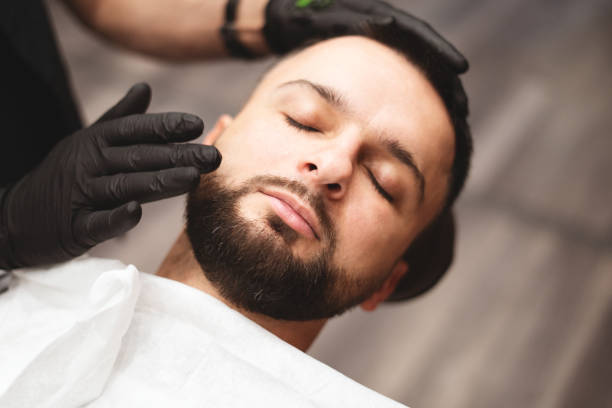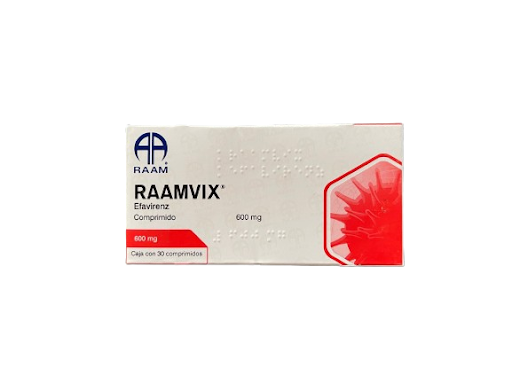When it comes to non-surgical skin rejuvenation, two of the most popular treatments are laser therapy and microneedling. Both are used to improve skin texture, reduce scars and fine lines, and enhance overall tone. However, the methods are vastly different in how they work and the results they deliver. If you’re wondering is laser better than microneedling, the answer depends on your individual skin goals, concerns, and sensitivity. Each has its own strengths, and understanding the differences can help you choose the most effective treatment for your skin.
Understanding the Treatments:
How Laser and Microneedling Work on the Skin
Laser Treatments in Dubai(العلاج بالليزر في دبي) uses focused light energy to target specific layers of the skin. Depending on the type of laser (ablative or non-ablative), it can remove the outer layers or stimulate deeper collagen remodeling, addressing issues like pigmentation, deep scars, and fine lines.
Microneedling, on the other hand, is a mechanical process. It uses a device with fine needles to create controlled micro-injuries in the skin. These injuries stimulate the body’s natural healing response, leading to increased collagen and elastin production.
Both treatments aim to rejuvenate the skin, but their mechanisms differ—laser relies on heat and light, while microneedling uses physical stimulation.
Importance of Choosing the Right Treatment for Your Skin:
Factors to Consider Before Deciding
The right treatment depends on several factors such as skin tone, concerns, and tolerance to recovery time.
Laser is typically chosen for:
-
Deep wrinkles and lines
-
Sun damage or age spots
-
Acne scars and pigmentation
-
More dramatic results in fewer sessions
Microneedling is best for:
-
Mild to moderate textural issues
-
Fine lines and enlarged pores
-
Stretch marks and early aging signs
-
People with darker skin tones, where laser risks pigmentation
Understanding your skin type and expectations can guide your choice between these two effective treatments.
Risks and Side Effects of Laser vs. Microneedling:
What Could Go Wrong and How to Prevent It
Both treatments are considered safe, but there are potential side effects, especially if not properly managed.
Laser Therapy Risks:
-
Redness, peeling, or crusting for several days
-
Increased risk of hyperpigmentation in darker skin
-
Temporary sensitivity or swelling
-
Requires strict sun protection post-treatment
Microneedling Risks:
-
Redness and minor swelling for 24–72 hours
-
Possible pinpoint bleeding during treatment
-
Low risk of infection if not properly sterilized
-
Less risk of pigmentation issues
Microneedling is generally gentler with less downtime, while laser treatments may deliver more powerful results but with more pronounced side effects.
Benefits of Each Treatment:
How They Transform the Skin
Both Laser Treatments(العلاج بالليزر) offer impressive skin improvements, but they vary in intensity and speed of results.
Laser Treatment Benefits:
-
Dramatic reduction of deep scars and wrinkles
-
Brighter, more even skin tone
-
Long-lasting collagen stimulation
-
Fewer sessions for visible changes
Microneedling Benefits:
-
Improves texture and tightness
-
Reduces fine lines and acne scars
-
Enhances product absorption
-
Minimal downtime and discomfort
Microneedling is ideal for maintenance and natural rejuvenation, while lasers work best for more serious skin issues.
Frequently Asked Questions:
Which treatment lasts longer?
Laser results often last longer due to deeper tissue remodeling. Microneedling results may require more frequent maintenance sessions.
Is one safer for darker skin tones?
Yes, microneedling is generally safer for darker skin as it doesn’t use heat or light, which can trigger pigmentation issues in deeper skin tones.
Can I combine both treatments?
Yes. Many people alternate between laser and microneedling to target different layers of the skin and maximize results—under professional supervision.
How many sessions do I need?
Laser may show results after 1–3 sessions, while microneedling typically requires 3–6 sessions spaced a few weeks apart for best outcomes.
Which one has less downtime?
Microneedling usually has less downtime—1 to 3 days—compared to laser treatments, which can require up to 1 to 2 weeks of recovery.
Conclusion:
So, is laser better than microneedling? The answer isn’t one-size-fits-all. Laser treatments provide more dramatic improvements, especially for deep scars, wrinkles, and pigmentation. However, they require longer recovery and carry more risk for sensitive or darker skin. Microneedling is a gentler, safer alternative that delivers consistent improvements over time with minimal side effects. Your skin type, concerns, and goals should determine which is best for you. Consulting with a skincare professional can help you choose the treatment that will deliver the safest, most effective, and most satisfying results.




